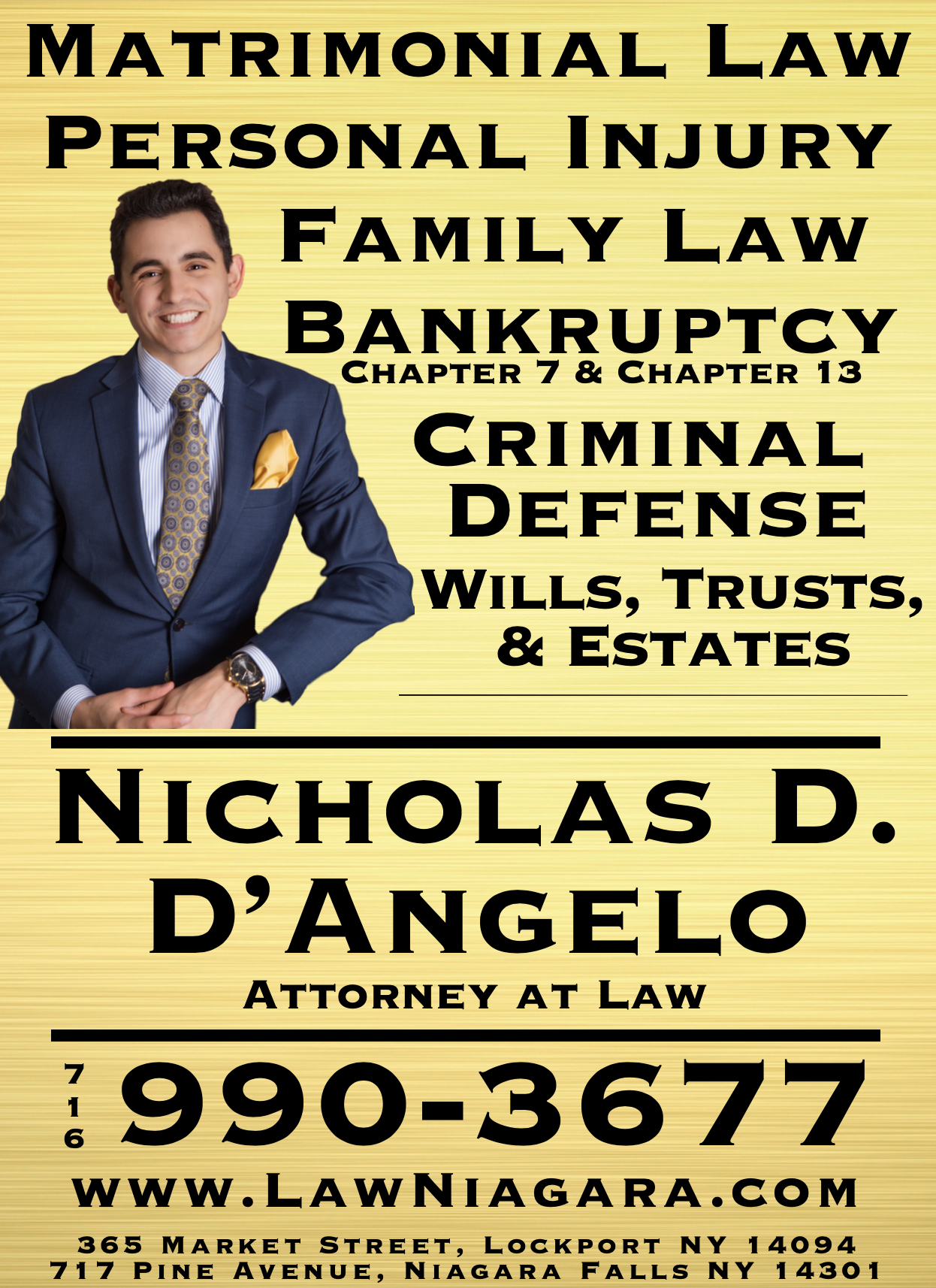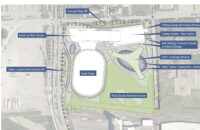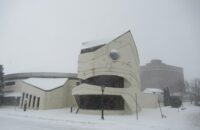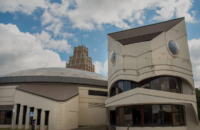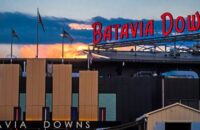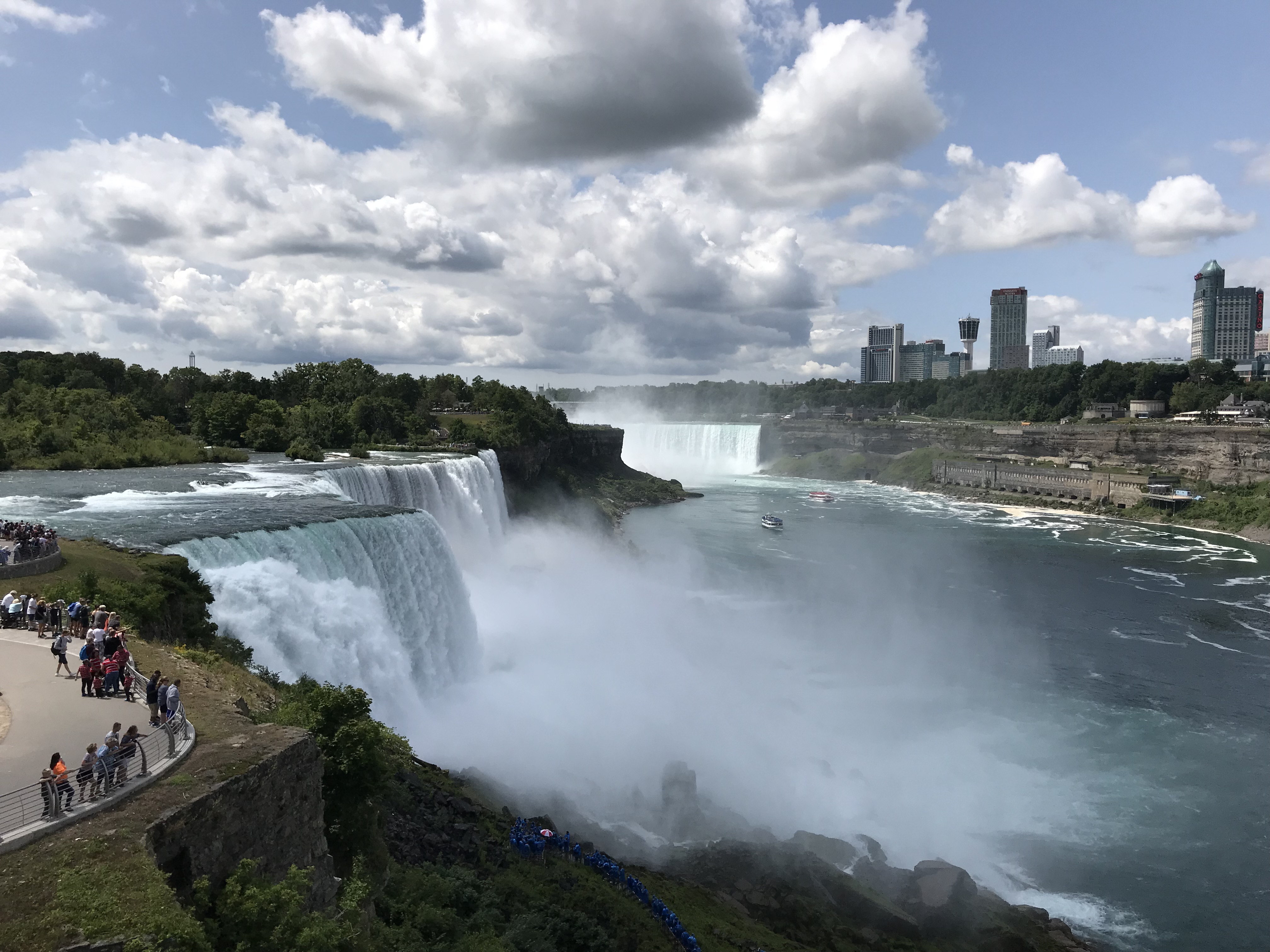Please click the link below to subscribe to a FREE PDF version of each print edition of the Niagara Reporter
http://eepurl.com/dnsYM9
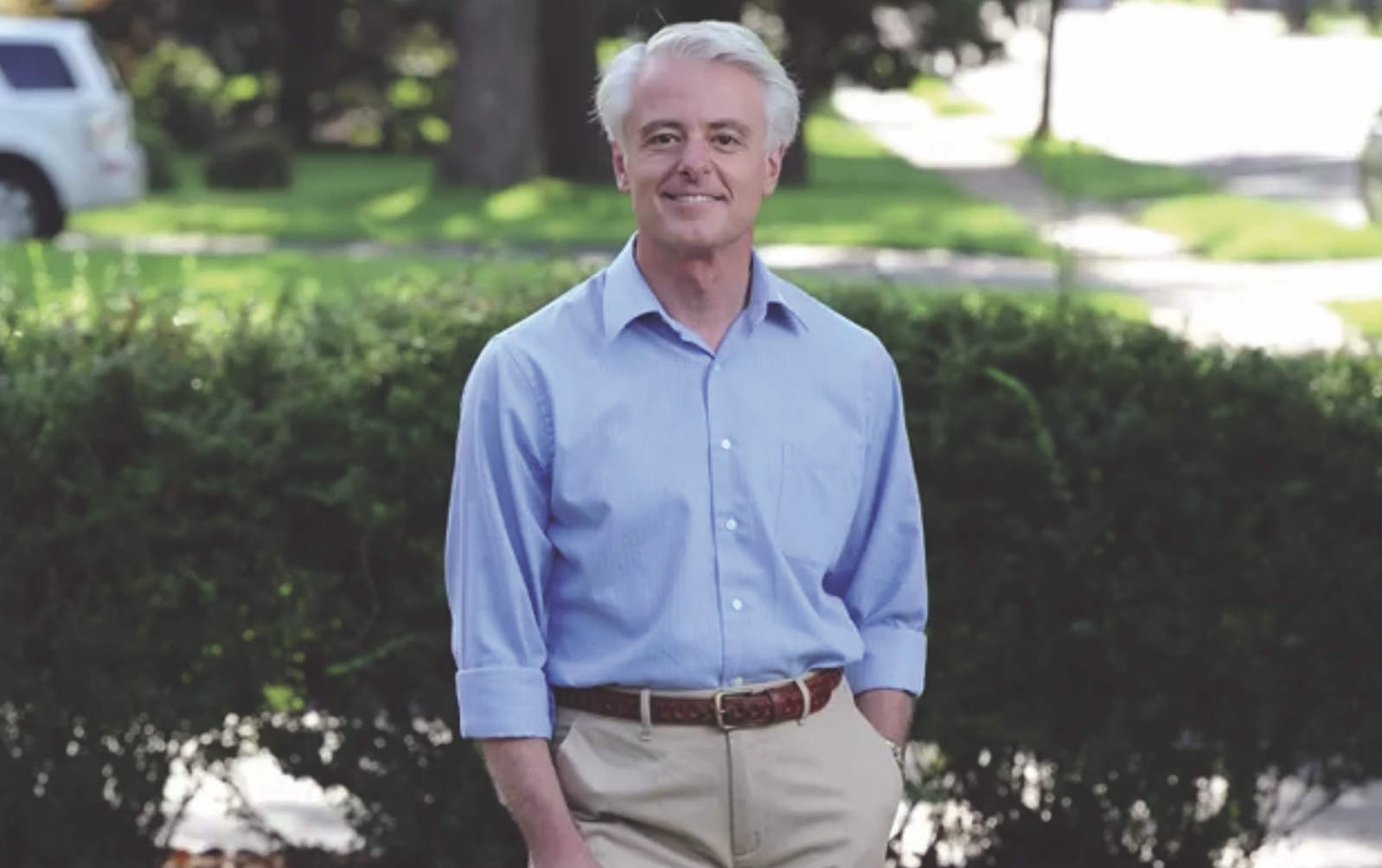
Niagara Falls Mayoral Candidate Robert M. Restaino.
By: Robert M. Restaino
Candidate for Mayor of NF
Establishing effectiveness and efficiency in local government is an extremely challenging task for any mayor. Many barriers arise that prevent the simple implementation of the policies and programs the mayor desires. One of the most difficult challenges for any mayor is convincing the city council that a particular policy or program will produce the anticipated outcomes. That will certainly be true for my concept of collaborative government.
Speeches, pronouncements, and even articles on the Opinions Page are one thing and official action on the part of a mayor is something else. While during their campaigns political candidates for mayor have tended to promise change, it is a fairly accurate observation to say that the administrations of most mayors are marked more by continuity than change.
A mayor must not project uncertainty as to the direction he wants to pursue once he takes office, but must be realistic as to how quickly he can launch the city on this journey. The mayor must understand the resistance he may face from the city council and career civil servants as he attempts to implement the policies and programs of a new administration. With regard to any perceived “stonewalling” from within the government, the mayor must effectively communicate his resolve to be the one who establishes the direction that will be taken.
There will be plenty of opportunities for people to observe and criticize the divide between the proposed policies and programs of the new administration and the actions taken by the mayor to achieve them. Clarity on the part of the mayor is the essential ingredient in dissolving resistance to his leadership. The old cliché of “say what you mean and mean what you say” is most appropriate in this regard. People who know me are well aware that I hold true to this concept.
I fully understand that my platform of collaborative government runs counter to the instincts of the typical candidate for local government. I believe that enlisting the support of the first-ring suburbs of Niagara Falls into an alliance of local governments dedicated to the development of the most cost-effective ways to deliver basic municipal services is the key to a more efficient system of governance. The typical “go-it-alone” style of governing must be seen for the failures it has caused. Collaboration with, not competition against, these suburban governments will be the hallmark of the Restaino administration. I know that governmental effectiveness cannot occur simply because the mayor orders it to happen. For collaborative government to be accepted, I will have to demonstrate that there are real cost-efficiencies to be enjoyed equally by all municipalities participating in the process.
As I previously mentioned in an article published in July, the delivery of general governmental services (e.g. purchasing, information technology, code enforcement, records management, etc.) expends over 8 percent of the 2019 budget for the City of Niagara Falls. I am convinced that a collaborative approach to the delivery of governmental services by a larger group of municipalities could actually result in a permanent cost reduction of about $5 million for our city. Savings for the other municipalities would be proportionate to the average annual expenditures dedicated to such similar services in their communities.
Planning, economic development, and tourism promotion are three other areas that can realize cost savings through a collaborative approach to the delivery of these municipal services. Extending the stay of the typical tourist family is something that cannot be accomplished exclusively within the boundaries of Niagara Falls. Instead, the promotion of water-related tourism should involve input from every Niagara County community that borders on the Niagara River and Lake Ontario. The future expansion of the Discover Niagara Shuttle into central Niagara County is just one example of the effectiveness of the collaborative approach to governance.
The delivery of basic sanitation services throughout the western portion of Niagara County is another area where cost-efficiencies can be achieved. If Niagara Falls and its first-ring suburbs were to form a collaborative alliance in order to negotiate with waste disposal firms for the lowest cost for this service, what could be the potential annual savings for each community? How would waste disposal companies react when faced with a Request for Proposals offered by a consortium of at least four neighboring municipalities?
Please permit me the opportunity to state the obvious. In its 2019 city budget, deducting the transfer of approximately $10.4 million of casino revenue and $1.9 million of revenue from the Tourism Fund, the current administration proposes to spend almost $91.3 million for operating expenses and then off-setting this with only $79 million in recurring revenue. From what source will this administration secure $12.3 million in order to “balance” the budget for fiscal year 2020? This is not an issue that a “go-it-alone” mayor can effectively solve. It’s time to stop repeating the same mistakes; it’s time to commit to new thinking in government. That’s real change and not more of the same.


